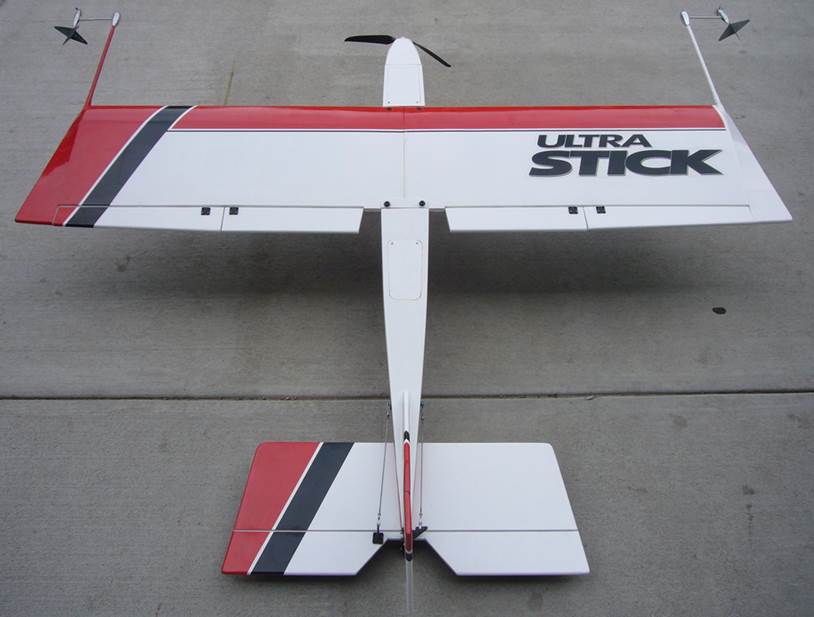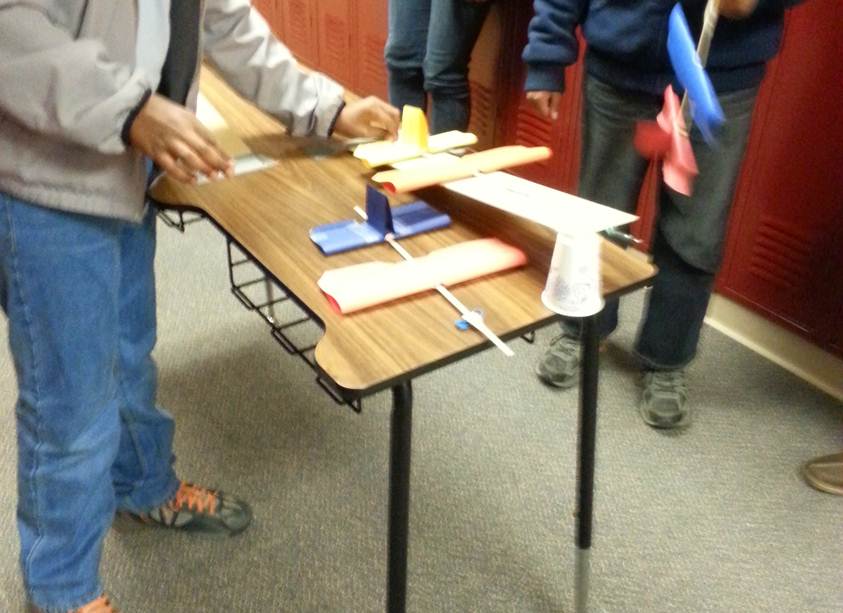Glider Design-Build-Fly Activity


Activity Time: 80 minutes
Developers:
David Escobar Sanabria (Lead) and Raghu Venkataraman.
Summary:
This activity provides students with an overview of the concepts involved in designing, building, and flying a small glider. The ultimate objective of this activity is for students to learn and understand the principles of flight through experimentation.
Outline:
- Explanation of airplane components and the principles of flight. (10 min)
- Simultaneous demonstration and construction of small gliders in groups of two or three. (30 min)
- Testing of planes in three challenges: straight, pitching, and rolling flights. (30 min)
- Brainstorming design iterations and discussion on improving results. (10 min)
Brief Description:
This activity provides students with an overview of the engineering concepts involved in designing, building, and flying a small glider. The first piece of the activity is a presentation about the principles of flight. This presentation serves as an introduction to the activity to the students. Next, the students are supplied with a kit containing all items needed to build the glider. The glider is primarily build out of cardstock paper and wooden sticks. The students start building their gliders with assistance from the instructors. Finally, they attempt to fly the glider and observe its behavior. The students are encouraged to iterate on their designs and builds in order to improve the flight performance. This is in line with the standard engineering-practice of design iterations to improve performance. More specifically, the students deflect the control surfaces to different extents (as would a real pilot) and witness the resulting response. Students learn and understand the principles of flight by experimenting. Although not designed for any specific age group, the activity has been successfully tested with sixth-grade students in middle-school in the United States.
Documents:
Related Research
This activity is related to the research on unmanned aerial vehicles (UAVs) that is undertaken at the University of Minnesota. Research on UAVs is motivated by the need to make them safer, more reliable, and fuel efficient. Specifically, researchers are involved in designing, implementing, and flight testing many types of guidance, navigation, and control algorithms on the UAVs. These algorithms are implemented as computer programs on board the flight computer of the UAVs. Depending on the specific algorithm being implemented, the UAV will have a certain level of autonomy.The higher the level of autonomy in the UAV, the lesser the role of a manned operator or pilot. It should be noted that this outreach activity only touches upon the fundamentals of flight. However, understanding these fundamentals is critical to effectively designing and implementing these algorithms for autonomous UAV flight.
Last Modified: 2016-04-29 at 10:17:11 -- this is in International Standard Date and Time Notation